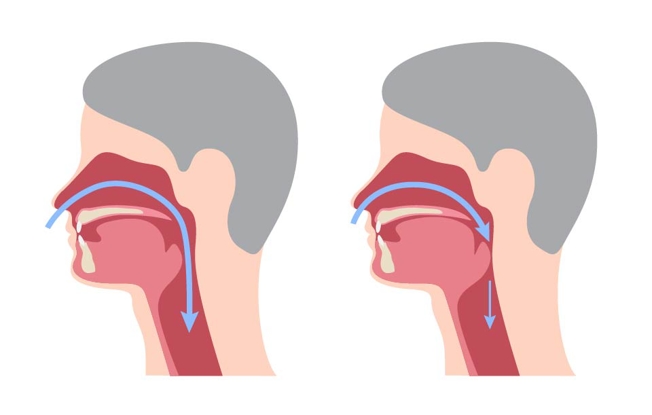How teen athletes can prevent sports injuries throughout the season
- Category: Bones and Joints, Community, Education, Exercise, Family Health, Featured, Pediatrics
- Posted On:

How teen athletes can prevent sports injuries throughout the season

Through all the thrills of victory and the agonies of defeat, youth sports keep kids active and teach invaluable lessons on and off the field. There’s nothing more defeating, however, than an injury that takes them out of the game either temporarily or even permanently.
That defeat, however, is unfortunately, pervasive. Sports injuries are the second most common reason for youth emergency room visits in the United States, with about 3 million occurring each year. Another 5 million youth see their doctor or a clinic for sports-related injuries each year, and then there are, of course, many more unreported injuries in which the student athlete sees no one and just ignores the issue.
That doesn’t mean children should avoid sports to avoid injury, as the benefits almost always outweigh the risks. There are things all young athletes can do though to help decrease their chances of being injured.

Accidents happen, and there’s no perfect panacea to prevent all sports injuries. Unfortunately, sometimes they’re just part of the game. There are, however, steps student athletes can take to help increase their chances of remaining healthy, strong and ready to play all season long and into the future as well.
Parrish Healthcare offers the following tips:
1. Stay alert. There’s an old saying that says pain is just weakness leaving your body. That’s not always true, and kids should be encouraged to speak up and let their parents and coaches know when something is hurting or causing unusual discomfort. Parents should also be on the lookout and step in if they see their child limping or otherwise altering their normal movements on the field or off. In all cases, seeing a medical professional sooner rather than later is the better way to avoid exacerbating the issue and potentially causing permanent damage.
2. Don’t skip the warmup. Hitting the ground running isn’t the right way to go to prevent injury. Stretching and easing into activity slowly gives muscles a chance to get warm and loosen up to get ready for more intense use.
3. Don’t skimp on safety gear. Wearing properly fitting helmets, shoes, pads and other safety gear is imperative. And not just during games. Make sure proper equipment is worn at all times when playing the sport for which it’s designed.
4. Fuel your body. A healthy diet goes a long way to help your bones and muscles function properly. That means plenty of fresh fruit and vegetables and lean protein. And by all means don’t forget to stay well hydrated. Water before, during and after activity is vital and can help prevent heat-related injuries and other issues.
5. Cross train. Avoid overuse injuries by playing a variety of sports and/or alternating activities that use a variety of skills and muscles. Repetitive motion injuries can lead to lifelong complications.
6. Rest. While physical activity is fantastic, sometimes your body needs a break. That means getting enough sleep at night (8-10 hours a day for those ages 13-18), but also not playing in every game on every team during every season. Your muscles need a chance to repair and rebuild, and they can’t do that if they’re constantly in motion.

7. Get regular physicals. Most teams require pre-season physical exams for a reason — they’re important. They provide a professional assessment of your health to make sure you’re in top playing form and can help address any issues that may get in the way of your game.
For more information on Sports Medicine at Parrish Healthcare visit parrishhealthcare.com/sportsmedicine.
About Parrish Healthcare
Parrish Healthcare, America’s first Joint Commission Integrated Care Certified network, includes: Parrish Medical Center, one of the nation’s most recognized hospitals for clinical quality, patient safety, and healing environments; Parrish Medical Group, NCQA certified patient-centered medical homes; and Parrish Health Network, a coalition of healthcare providers, insurers and others working together to improve quality and safety and lower healthcare costs on behalf of individuals, families and businesses. Visit parrishhealthcare.com for more information.



